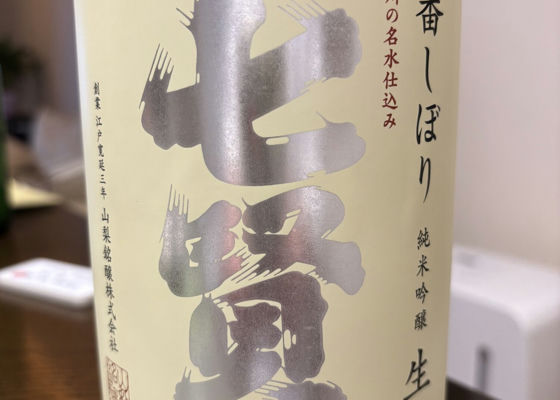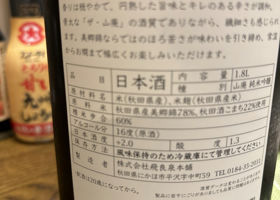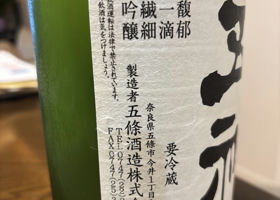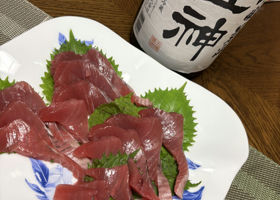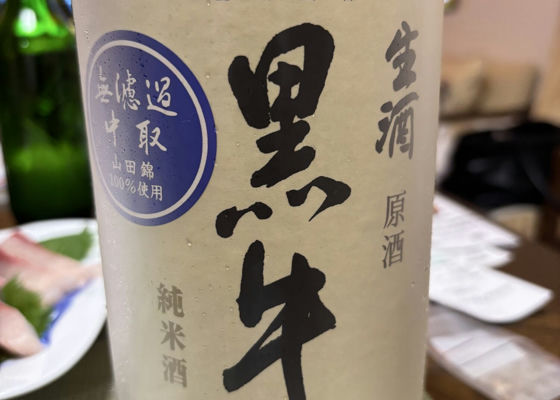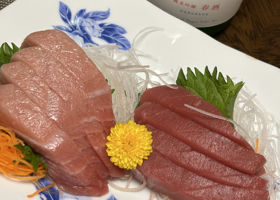

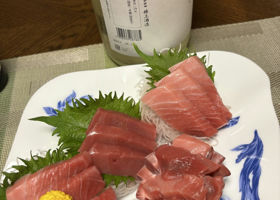
よーし57
This sake is a surprise; it has such richness and depth at a rice polishing ratio of 70%! It is amazing. This is one of the best sake I have had recently.
I bought it at my usual Asahiya Sake Shop, and they have a great selection.
It says that it was brewed in a very small 200 kg.
It starts out clear, but after a few days, the depth of flavor comes through. It is delicious both at the beginning and in the latter half of the bottle, probably because it is a draft sake!
It is a sweet sake that goes well with sashimi. I will continue to mark this brewery on my list.
Japanese>English
